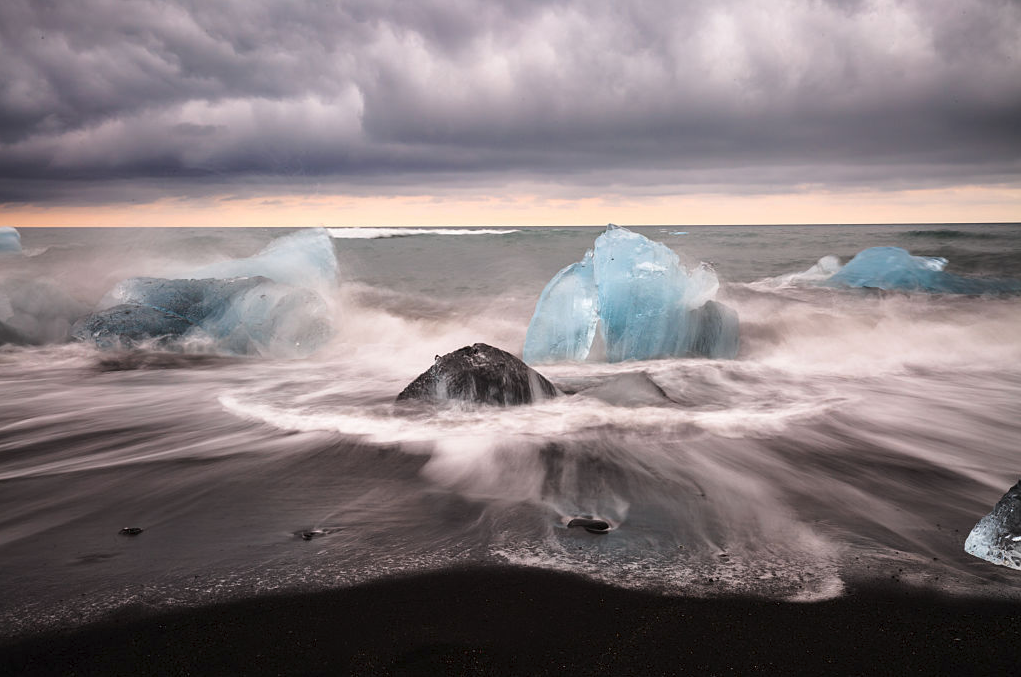Now You Can Hang Ten Under The Northern Lights

The internet and high-tech gear open up insane new surf spots.
Do you find the annual beach vacation a worn cliché? Sitting on the beach, reading bad literature, eating overpriced seafood…does it get kind of samey? Not to mention the problem of overcrowding during peak season, driving up the cost of flights and hotel rooms, and clogging the beach itself with too many tourists. There’s one place you can get away from all that. Yes, it’s just where you’re thinking: the Arctic Circle!
Believe it or not, for the past couple decades, surfers have been vacationing in ever-increasing numbers to places like northwest Norway, which is literally in the Arctic region. There’s a few reasons for this.

First off, solitude. I don’t know if you’ve ever tried this, but body surfing in the same waters surfers are surfing does not endear you to them. Surfers are pretty serious about their sport and don’t appreciate people who rent a board and hit the surf on a lark.
Riding a six-foot-long, pointed spear of polyurethane, fiberglass and plexiglass takes skill; it’s also dangerous if you get in the way. Not to mention the “kook,” or poser factor… In the “Seven levels of surfer” (which includes “whore”) the lowest level is the dabbler, or “QuiverBaiter.” And the warm beaches in warmer climates are full of them.
More importantly, if surfing is truly your thing, you’re always looking for a new challenge and spellbinding natural beauty. And the internet has made it easy for surfers to trade information on new and interesting surf spots. Some of the “hottest” Arctic surf is on the Icelandic coast, Norway’s Lofoten peninsula, the Siberian town of Teriberka and Aialik, Alaska. (Surfing King George’s Island in Antarctica is still being worked out.)
Wet-suit manufacturers have made great strides in insulating surfers from the cold, since oceanographer (and atom-bomb scientist) Hugh Bradner designed the first from neoprene in 1951. Cold-weather models incorporate a thermo-reactive inner lining and a layer of titanium to preserve body heat and spread it to the extremities, and “blind stitching” that keeps water out using glue and shallow stitches. Suits are thicker on the torso and thinner on the arms and legs, so wearers can move freely.
When Norwegians began surfing in the 1960s, some covered themselves in Vaseline, wore sweaters under normal wetsuits and taped their sleeves shut. It worked, sort of, but today’s suits work a lot better, putting the Arctic Circle within reach of surfers everywhere.

So how cold is it? In the island town of Unstad, Norway, where a competition was held in early October, the water averages 45 degrees but can drop to the 30s. “Your brain freezes,” one surfer told the New York Times. “It starts on top and moves to the side of your ears. Like a vise. Your chin gets stiff.” One can imagine death following, eventually.
While it epitomizes “not for everyone,” surfing on a glacier or under the Northern Lights is going to give you far more vivid memories than the venerable beach holiday.
